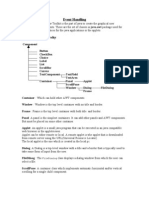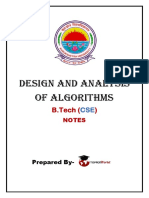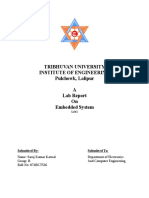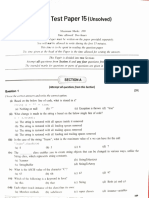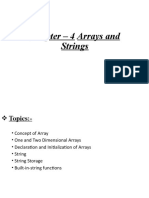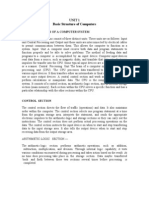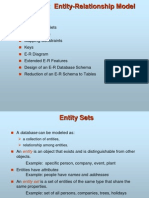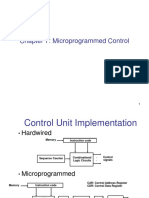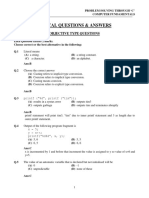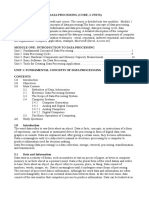0% found this document useful (0 votes)
90 views40 pagesCOA Unit-2
The document describes microprogrammed control in computer systems. It discusses how a microprogrammed control unit uses a control memory containing microinstructions to generate control signals. Each computer instruction is executed by a routine of microinstructions stored in control memory. The control unit includes components like a control address register, control data register, next address generator, and conditional branching logic. It can perform tasks like sequencing through microinstructions, handling subroutine calls and returns, and mapping instruction codes to the correct microprogram routines in control memory.
Uploaded by
Pavan KumarCopyright
© © All Rights Reserved
We take content rights seriously. If you suspect this is your content, claim it here.
Available Formats
Download as PDF, TXT or read online on Scribd
0% found this document useful (0 votes)
90 views40 pagesCOA Unit-2
The document describes microprogrammed control in computer systems. It discusses how a microprogrammed control unit uses a control memory containing microinstructions to generate control signals. Each computer instruction is executed by a routine of microinstructions stored in control memory. The control unit includes components like a control address register, control data register, next address generator, and conditional branching logic. It can perform tasks like sequencing through microinstructions, handling subroutine calls and returns, and mapping instruction codes to the correct microprogram routines in control memory.
Uploaded by
Pavan KumarCopyright
© © All Rights Reserved
We take content rights seriously. If you suspect this is your content, claim it here.
Available Formats
Download as PDF, TXT or read online on Scribd
/ 40

